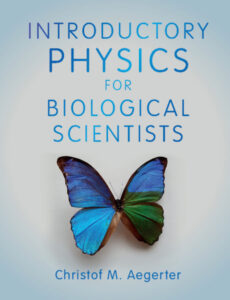 Back in the historical periods I find most interesting, many fields of study had not yet been as clearly defined (and fenced off…) as they became in the in the late nineteenth and twentieth centuries. Not that a bit of specialization wasn’t perhaps needed to enable the level of focus that has led to some of the remarkable discoveries made over the past century and change, but it simply seems that with so many areas of enquiry being so – what’s the business term? Oh yes; “silo-ed” – the exuberant cross-pollination that made possible such extraordinary works of natural philosophy and natural history has not only been greatly diminished, it has become effectively pariah in many circles.
Back in the historical periods I find most interesting, many fields of study had not yet been as clearly defined (and fenced off…) as they became in the in the late nineteenth and twentieth centuries. Not that a bit of specialization wasn’t perhaps needed to enable the level of focus that has led to some of the remarkable discoveries made over the past century and change, but it simply seems that with so many areas of enquiry being so – what’s the business term? Oh yes; “silo-ed” – the exuberant cross-pollination that made possible such extraordinary works of natural philosophy and natural history has not only been greatly diminished, it has become effectively pariah in many circles.
Fortunately, the importance of cross pollination is still understood by some, and is occasionally being seen both across various scientific disciplines (e.g., bio-physics, bio-statistics) as well as across the trenches of such former enemies as the sciences and the humanities (e.g., medical humanities). Case in point, the recently (well, somewhat recently…) published Introductory Physics for Biological Scientists by Prof. Christof Aegerter.
Presenting the essential concepts of the study of physics using examples from the biological sciences, Prof. Aegerter opens a door into a discipline that possesses a wealth of useful information to biologists that when presented in the manner physics is traditionally presented in may not seem only tangential but downright incomprehensible (physics being often counter-intuitive as well as sometimes even counter-experiential).
As one who never studied physics in either secondary school (it wasn’t offered) or university (didn’t cross my mind), then took up biology later in life, I found Prof. Aegerter’s approach not only very helpful in understanding the concepts presented but quite delightful in their presentation and inspiring of further enquiry into a number of areas of which I was not previously aware, or that I was but hadn’t the first clue as to how the approach the matter.
Available from:
If you enjoyed reading this, please consider signing up for The Well-read Naturalist's newsletter. You'll receive a helpful list of recently published reviews, short essays, and notes about books in your e-mail inbox once each fortnight.

